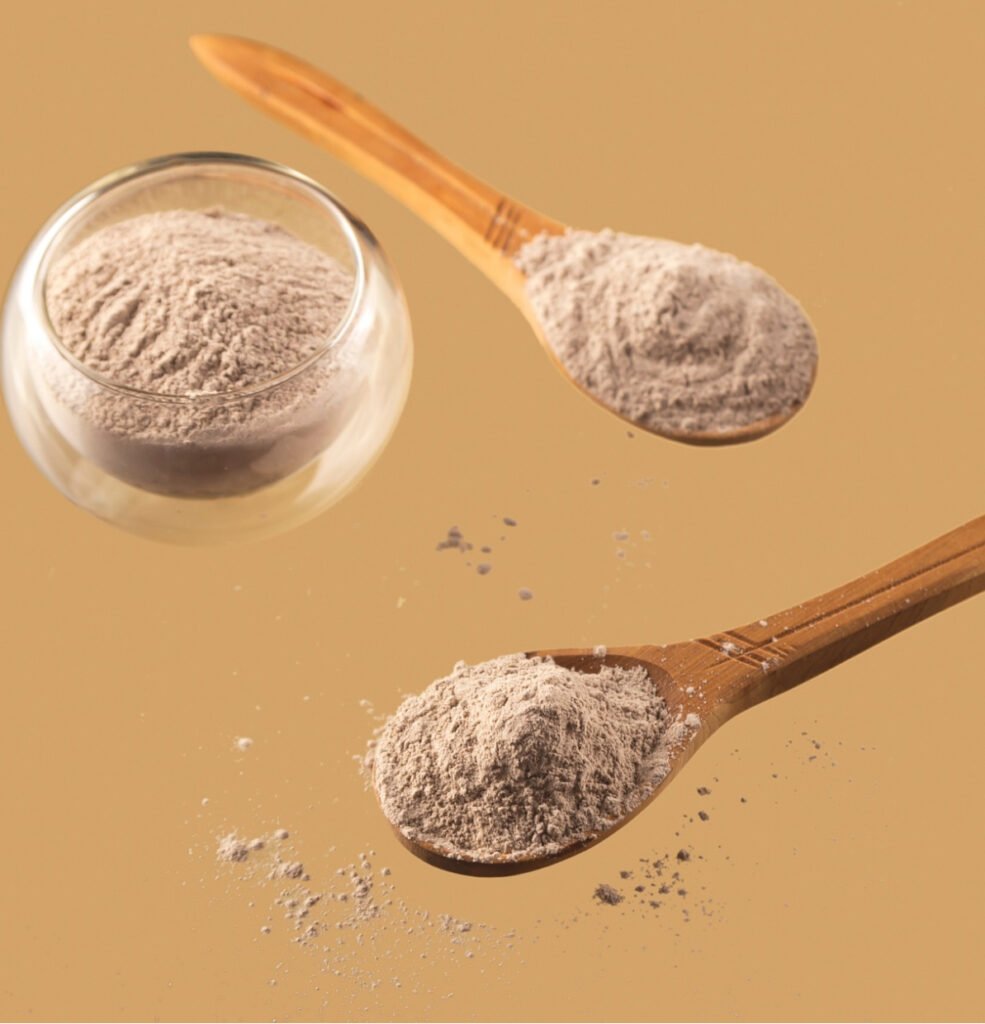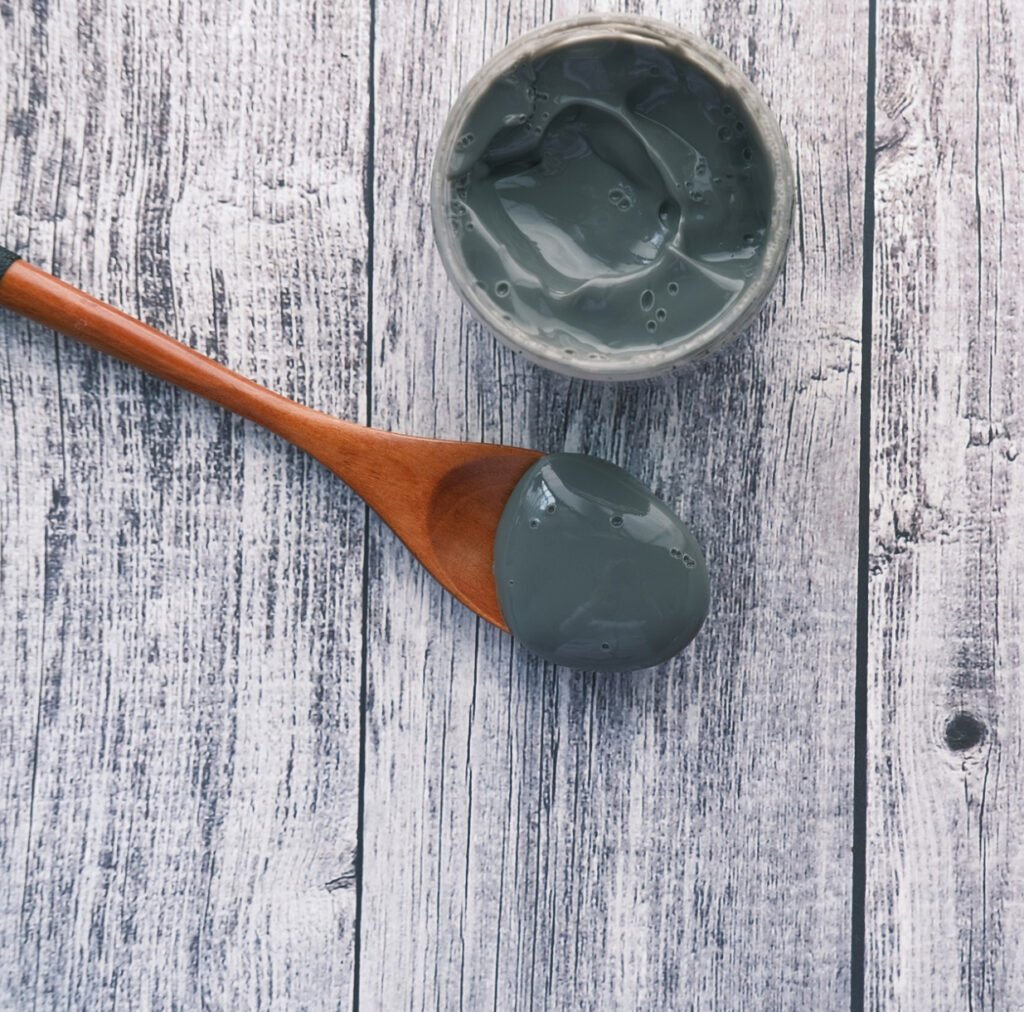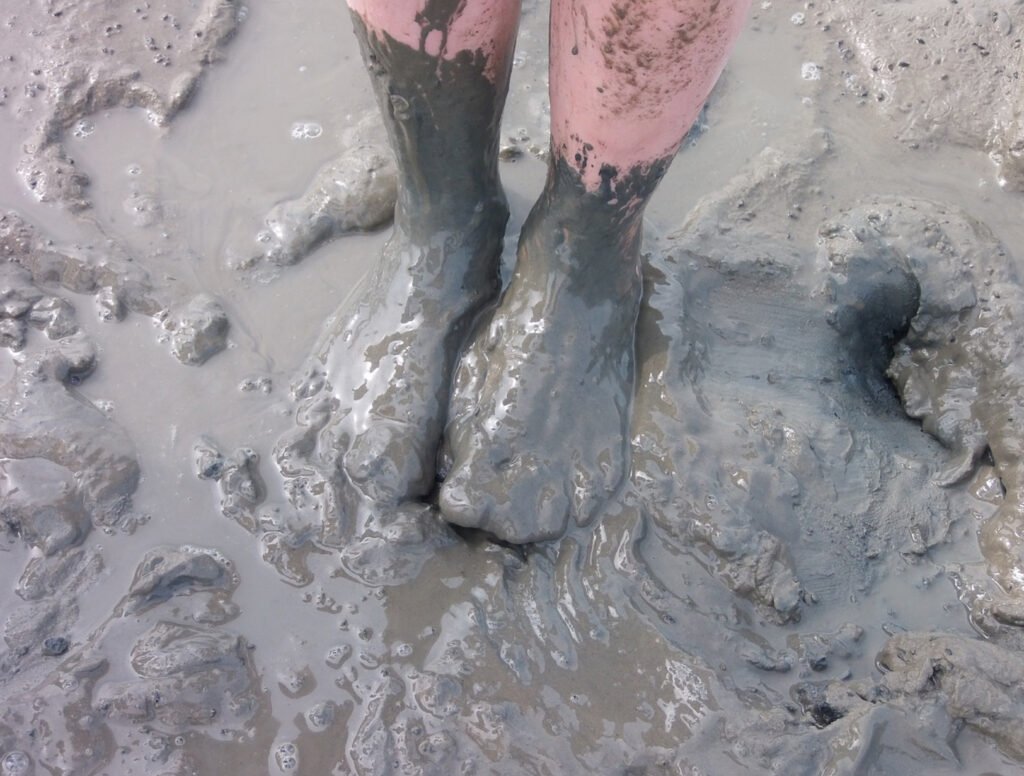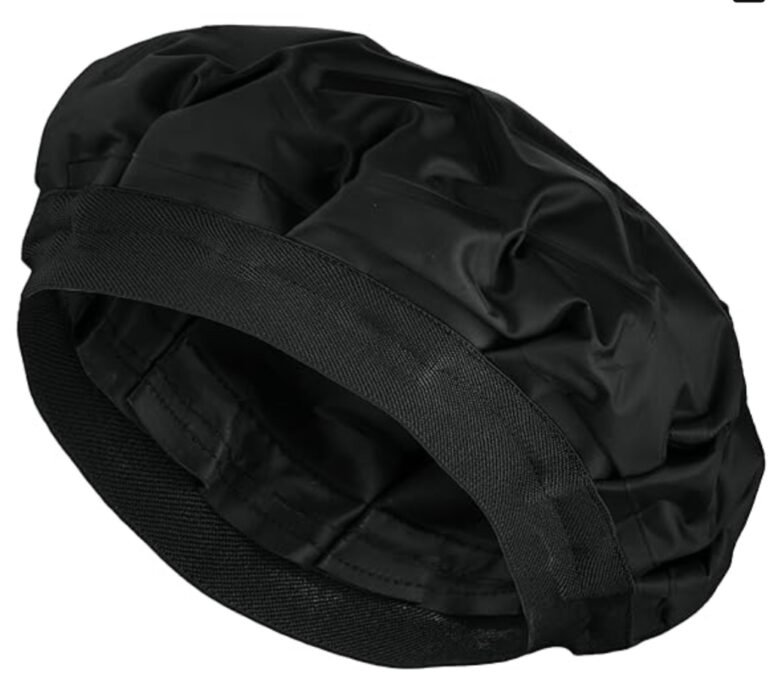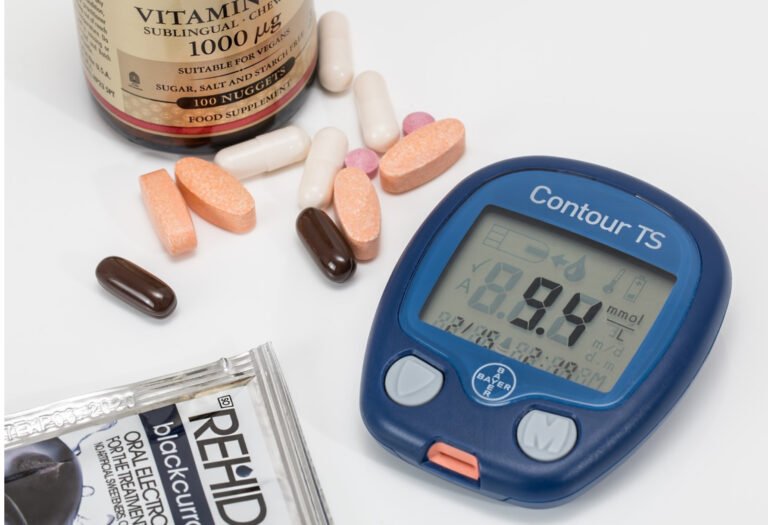Understanding the Therapeutic Differences Between Salt, Clay, Grains, and Natural Beads
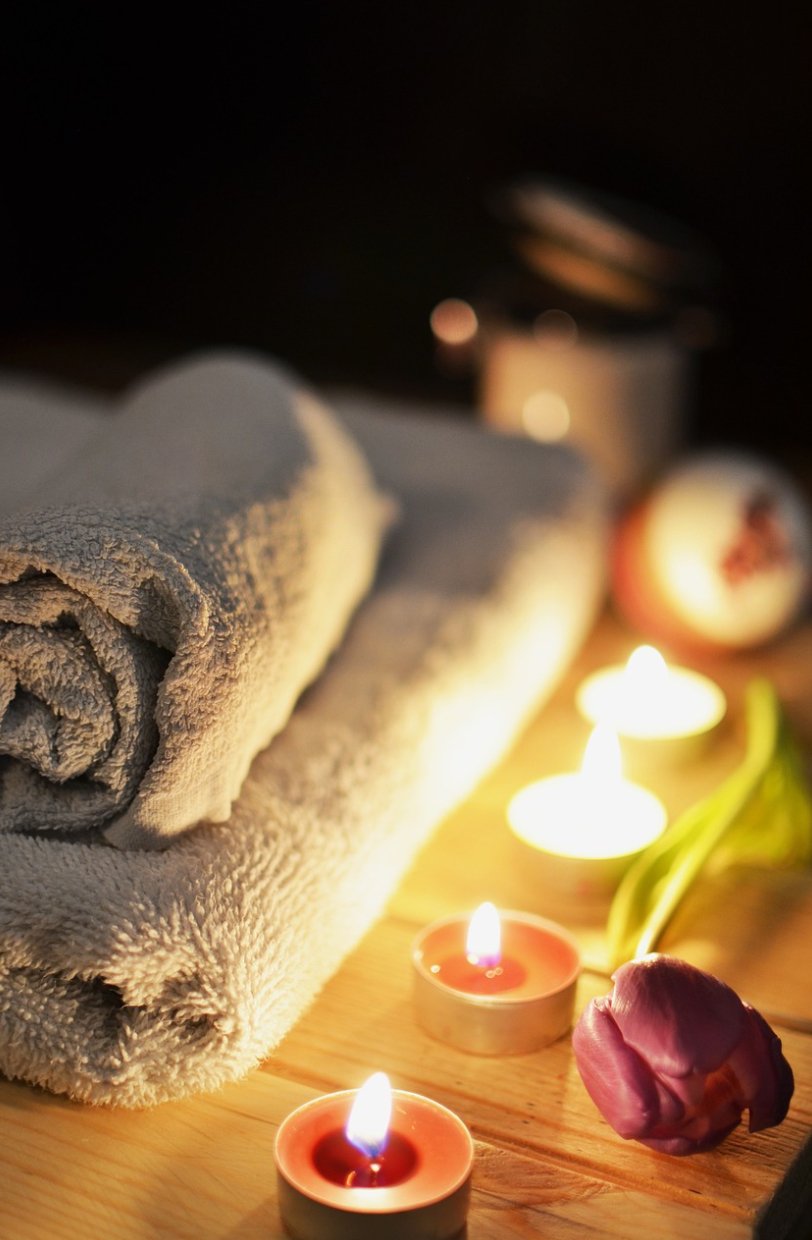

Heat therapy is a common and effective way to relieve pain, reduce stiffness, and improve circulation in areas of the body experiencing discomfort, such as joints or muscles. Various materials can be used for heat therapy, including salt, clay, grains, and natural beads. Each material has unique properties that influence its effectiveness.
Here’s a comparison of how these materials work in heat therapy:
1. Salt
Heat Retention: Salt has a high heat retention capacity, meaning it can hold heat for a relatively long time. When heated, salt can provide consistent, dry heat, which penetrates deeply into tissues.
Application: Heated salt is often used in packs or wraps. The heat from salt can be soothing and is particularly good for relieving muscle tension and joint stiffness. Salt can also absorb moisture from the air, adding a mild desiccant effect to the therapy.
Common Use: Salt packs or wraps are popular in spa treatments and for home remedies to relieve pain in joints, muscles, or even for soothing menstrual cramps.
2. Clay
Heat Retention: Clay, especially in the form of a clay pack, retains heat well and distributes it evenly across the applied area. It cools down more slowly than many other materials, making it ideal for prolonged heat therapy.
Moist Heat: When clay is heated, it provides moist heat, which is particularly effective for deep tissue relief. Moist heat can penetrate deeper into muscles and joints than dry heat, making it effective for chronic pain conditions.
Application: Clay packs are often used in physical therapy and rehabilitation settings. They are heated in water and then applied directly to the skin, usually with a protective layer between the pack and the skin.
Common Use: Clay is widely used for therapeutic purposes, including relief from muscle spasms, arthritis pain, and joint stiffness. It’s also beneficial in detoxifying and soothing inflamed tissues.
3. Grains (e.g., Rice, Flaxseed, Corn)
Heat Retention: Grains are good at holding heat, though not as long as salt or clay. They are lightweight and flexible, allowing them to conform easily to different body parts.
Dry Heat: Grains provide dry heat when warmed in a microwave or oven. The warmth they offer is gentle, making them suitable for sensitive areas or conditions where intense heat is not needed.
Application: Grains are commonly used in homemade heat packs, where they are sewn into fabric pouches. They are convenient for use on various parts of the body, such as the neck, shoulders, and lower back.
Common Use: Grain-filled heat packs are popular for general muscle aches, stress relief, and for warming up cold hands or feet. They are also used as a comforting aid during sleep.
4. Natural Beads (e.g., Cherry Pits, Silica Beads)
Heat Retention: Natural beads, depending on the type, can hold heat well and release it evenly over time. For example, cherry pits retain heat longer than grains but shorter than clay or salt.
Dry Heat: Like grains, natural beads provide dry heat. Their small, round shape allows them to easily mold to the contours of the body, offering targeted heat application.
Application: Natural bead-filled pads are often used similarly to grain packs. They can be heated in the microwave and applied to areas needing relief. The beads make these packs flexible and comfortable for use on joints and muscles.
Common Use: Natural bead heat packs are used for pain relief, reducing muscle tension, and providing comfort. They are popular because of their natural materials and their ability to conform to the body’s shape.
Comparison Summary:
Salt: Offers long-lasting, penetrating dry heat, good for deep relief.
Clay: Provides moist heat that penetrates deeply and cools slowly, ideal for chronic pain and stiffness.
Grains: Lightweight, flexible, and offers gentle dry heat, suitable for a variety of applications.
Natural Beads: Similar to grains in providing dry heat, but with better moldability and longer heat retention.
Each material has its benefits depending on the type of pain or discomfort being treated, the area of the body, and the preference for dry versus moist heat. Understanding these differences can help you choose the most effective option for your needs.



